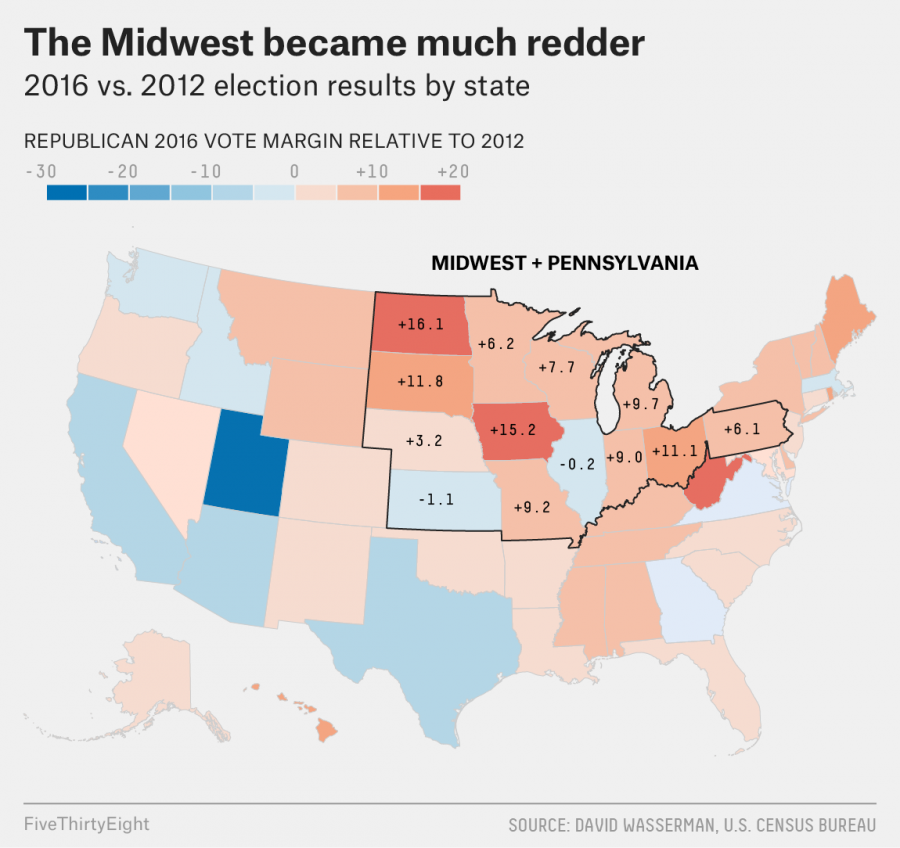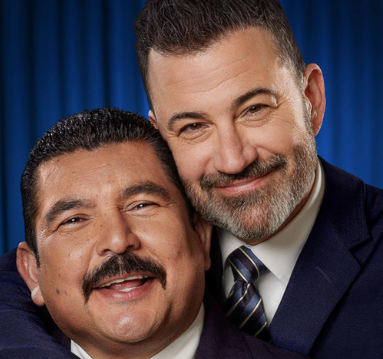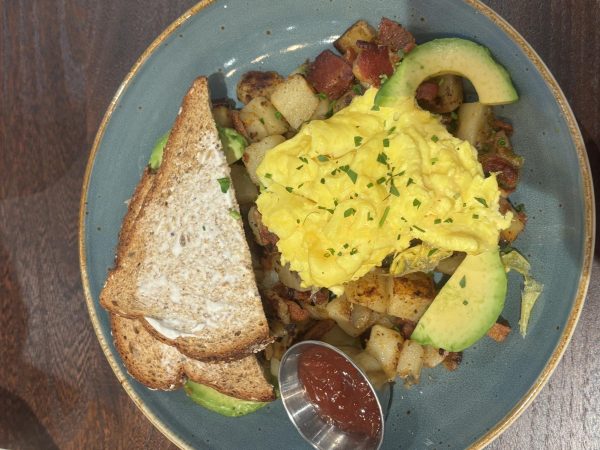Get your Midwestern cousins to vote Joe
Focus your energy on campaigning in Wisconsin and Michigan
Let’s be clear: We’ve already had Joe Biden in the White House. Voting for him isn’t a matter of supporting a hypothetical presidency, but rather favoring a return to the status quo instead of a Trump dynastic rule. While you should vote for Joe, too much concern is given to the tiny minority of possible red voters in our community.
Consider that in the 2016 election, voters in just Cook County cast 1.6 million blue votes. The last time a Republican candidate won in Illinois was George H.W. Bush in 1988, and he lost his Illinois support during his bid for reelection. We are solidly blue; it’s a waste of resources to focus on campaigning on reluctant Illinois voters. Instead, if you want a Biden success, examine our position in the Midwest.
Illinois borders two critical battleground states: Michigan and Wisconsin. Also bordering us are Iowa, who crossed over into Republican territory in the 2016 election—but their 6 electoral votes are unimportant in the scheme of the electoral college. Fivethirtyeight simulated the election in Michigan and Wisconsin 40 thousand times each. For a point of reference, Trump has a less than one percent chance of winning Illinois. As of Sep. 30, he has a 14 percent chance of winning Michigan, who has 16 votes; a 19 percent chance of winning Wisconsin, who has 10; and a 63 percent chance of winning Iowa. Together, Michigan and Wisconsin collectively send 26 delegates—meaning they have 123.8 percent of Illinois’ power in the electoral college.
A sizable minority of OPRF students have direct influence on Michigan and Wisconsin voters. Many students have grandparents or cousins living in these states, and a select minority own second homes in popular vacation spots like Door County and New Buffalo. If you are lucky enough to have a vacation home, try having you and your family members register to vote there.
Contrary to Fivethirtyeight, I feel that Biden might lose Michigan. The current 14 percent chance of Trump winning is nothing to scoff at, and the number will likely rise. In 2016, Trump won Michigan by flipping 12 counties red—much of these counties were suburbs of Detroit. Now, Trump’s Michigan field offices are campaigning heavily in these same swing counties: holding rallies, distributing lawn signs, and selling T-shirts. But Biden doesn’t have any field offices in Michigan. Moreover, the Michigan Democratic Party has committed to doing zero in-person campaigning as a COVID-prevention tactic. There are fewer Biden lawn signs, and the Biden campaign has been characterized as hardly visible. So how will you, an Illinoisian, work to strengthen Biden campaign visibility in Michigan?
Likewise, voters in suburban Milwaukee are crucial to Wisconsin swinging back—specifically independent voters, per Riley Vetterkind of the Wisconsin State Journal. According to Samara Klar of the University of Arizona and Yanna Krupnikove of Stony Brook University, authors of “Independent Politics”, most independent voters are either apathetic or wary of partisanship. They identified that individuals who seem to be “strong partisans” leave the worst first impression on independent voters. This means that the texts from Democratic Party volunteers may be ineffective—but so will the words of Trump rally attendees. Perhaps the key to winning over Wisconsin is sitting down with your uncle and listing the benefits of Joe or the flaws of Trump.
In any case, the focus on converting hyperliberal Illinois voters to #SettleforJoe is misguided. Instead, try to focus your energy on any connections you have to the voters of Wisconsin and Michigan—they’re far more important.







Lois Goldstein • Oct 1, 2020 at 2:54 pm
I taught math at OPRFHS from 1970 to 2000, and now I live in Traverse City MI.
Your column is well done, but I beg to differ regarding the preponderance of Biden vs. tRump lawn signs here. It seems to be evenly split – at least in my corner of the state, and in my opinion, lawn signs mean nothing. When I do see a sign for the lunatic in the White House, I assume that the person is either a bigot or stupid or both. I do see lots of Dump Trump signs, and after the debate the other night, that feeling is becoming more widespread.
Encouraging the student body to campaign for Biden with their relatives is a good idea.
But you really need to make one correction. Michigan does not share a border with Illinois, unless you count the imaginary line down the middle of Lake Michigan!
BTW, you and your Trapeze staff are doing a great job! Say hi to Ms. Hardin and Ms. Mondragon for me.